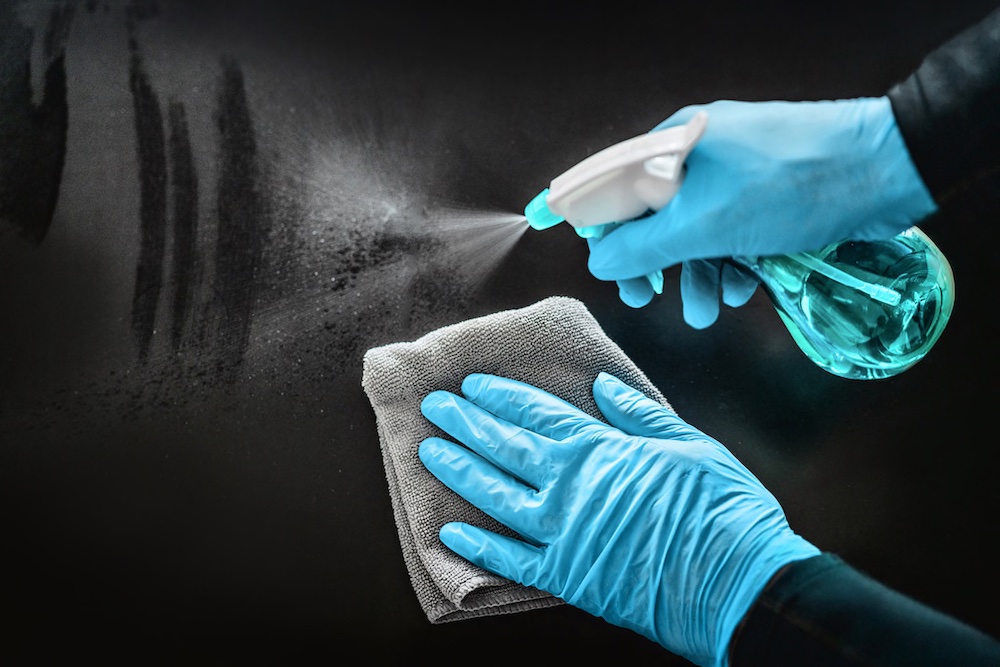Molds are usually not a problem indoors, unless mold spores land on a wet or damp spot and begin growing.
Molds are part of the natural environment. Outdoors, molds play a part in nature by breaking down dead organic matter such as fallen leaves and dead trees, but indoors, mold growth should be avoided. Molds reproduce by means of tiny spores; the spores are invisible to the naked eye and float through outdoor and indoor air. Mold may begin growing indoors when mold spores land on surfaces that are wet. There are many types of mold, and none of them will grow without water or moisture.
It is impossible to get rid of all mold and mold spores indoors; some mold spores will be found floating through the air and in house dust. The mold spores will not grow if moisture is not present. Indoor mold growth can and should be prevented or controlled by controlling moisture indoors. If there is mold growth in your home, you must clean up the mold and fix the water problem. If you clean up the mold, but don’t fix the water problem, most likely, the mold problem will come back.
For more information on mold:
- Read the publication, A Brief Guide to Mold, Moisture, and Your Home
- Una Breve Guía para el Moho, la Humedad y su Hogar está disponible en el formato PDF
- Visit the Mold Website
Produced and published by the United States Environmental Protection Agency (EPA). Last Updated: October 26, 2022. Hyperlinks within the text and text appearing in brackets may have been added for clarity or ease of use by Moldli editors.


